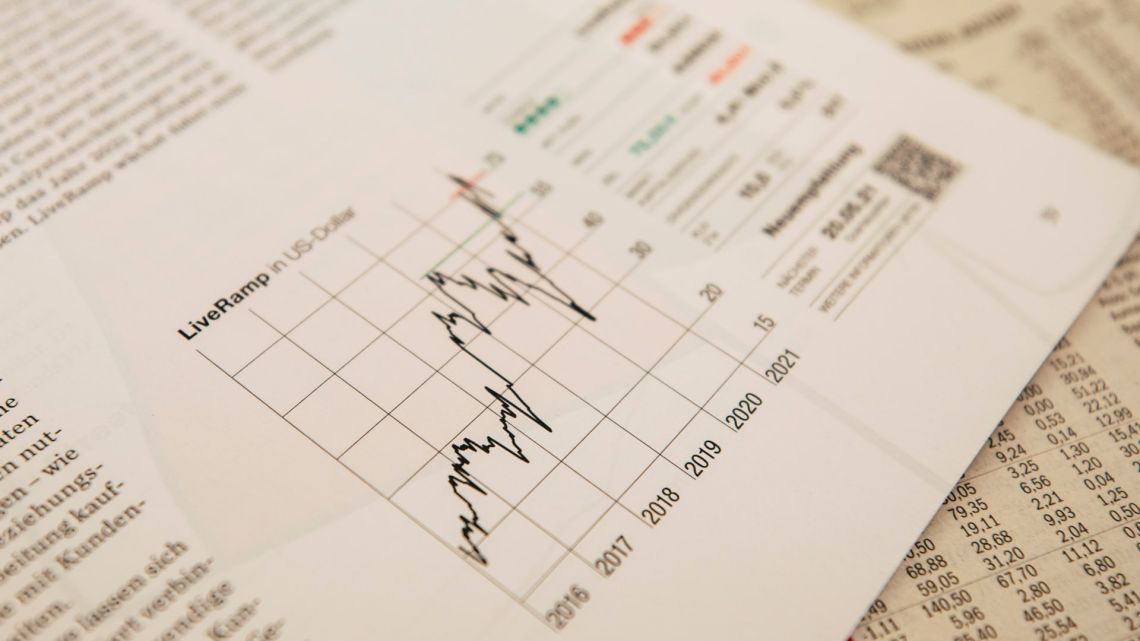
Despite U.S. stocks maintaining their recent record highs, global bond markets are experiencing a reversal in the rally that drove yields lower and prices higher towards the end of last year.
Yields on benchmark government bonds in Canada, Germany, the U.K., and 30-year Treasurys have completely reversed their decline since the December Federal Reserve meeting. During the meeting, Fed Chair Jerome Powell hinted at the possibility of rate cuts in early 2024. It's important to note that bond yields move in the opposite direction to prices – they rise as prices fall and vice versa.
According to Joseph Kalish, chief global macro strategist at Ned Davis Research, market expectations of early rate cuts were challenged by central bankers and economic data. Positive data on retail sales, consumer sentiment, and unemployment claims in the U.S., as well as comments from several Fed officials, contradicted the likelihood of a March rate cut that was almost fully priced in before the MLK holiday.
Consequently, multiple markets completely unwound the rally that occurred after Powell's pivot. This information was shared by Kalish in a recent note to clients.
As of Wednesday, the German 10-year yield stood at 2.32%, compared to 2.23% on December 12th, based on data from FactSet and Ned Davis Research.
Likewise, the yield on the U.K.'s benchmark sovereign bond, the 10-year gilt, stood at 3.97% on December 12th. Although it briefly returned to 3.93%, it was back at 4% by early Wednesday.
The yield on the Canadian 10-year bond was around nine basis points higher over the same period.
Introduction
In recent financial news, the yield on the 30-year Treasury bond (BX:TMUBMUSD30Y) has experienced a slight increase since December 12th. At present, the long-bond yield stands at 4.347%, as reported by FactSet. However, experts highlight that yields remain significantly lower in the short-to-medium term sector of the market.
Global Bond Yields and Investor Expectations
During the final two months of 2023, global bond yields witnessed a remarkable upsurge. This sudden spurt was a result of investors rushing to price in up to six interest-rate cuts from the Federal Reserve (Fed) expected in 2024. Interestingly, this anticipation persisted despite the central bank's official projections indicating that policymakers typically foresee only three cuts for this year.
Market Realignment and Small-Cap Stocks
However, amidst this market frenzy, certain sectors such as small-cap stocks have experienced a reversal of gains incurred during this period. The investors have started reconsidering the probability of the Fed initiating rate cuts as early as March. As a consequence, the Russell 2000 (RUT), a well-known small-cap index, witnessed a decline of 2.5% recently, settling at 1,976.
Treasury Yields and Late-Year Rally
Delving into the specifics, Treasury yields rallied significantly towards the end of last year. During the fourth quarter of 2023, the 10-year yield observed a substantial drop of nearly 69 basis points. Remarkably, this decline marked the largest quarterly decrease since March 2020, according to Dow Jones Market Data. The late-year rally proved instrumental in helping Treasurys evade what could have been a third consecutive year of losses.
In conclusion, the dynamics of bond yields and investor sentiments have offered an intriguing spectacle in recent times. With global yields rallying and investor expectations constantly evolving, the market continues to present opportunities and challenges for both investors and policymakers alike.













Write Your Comment